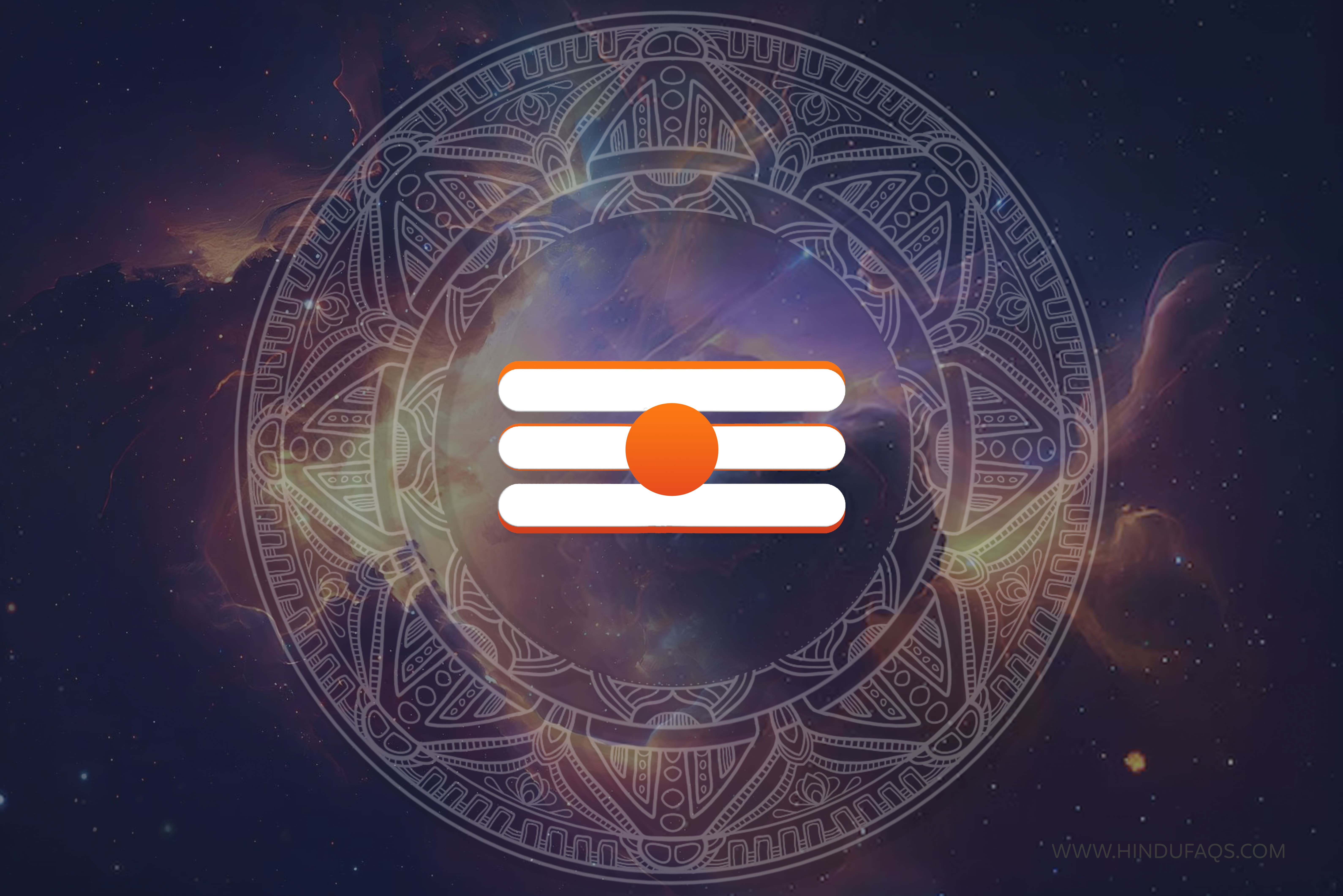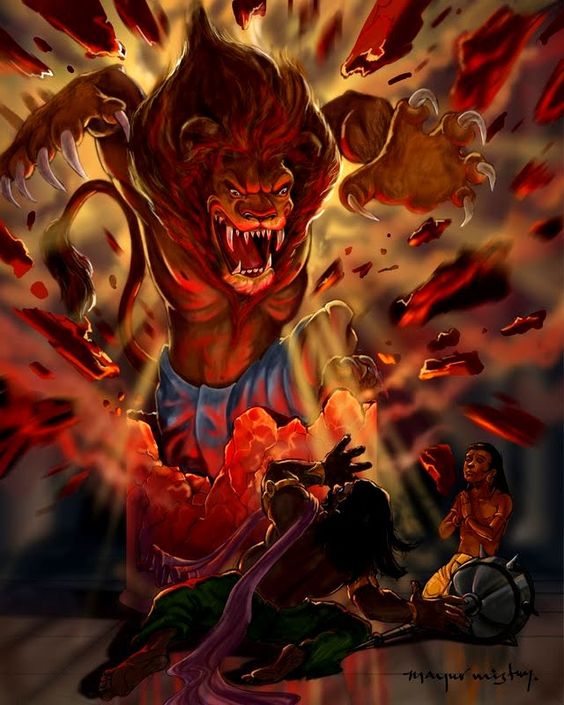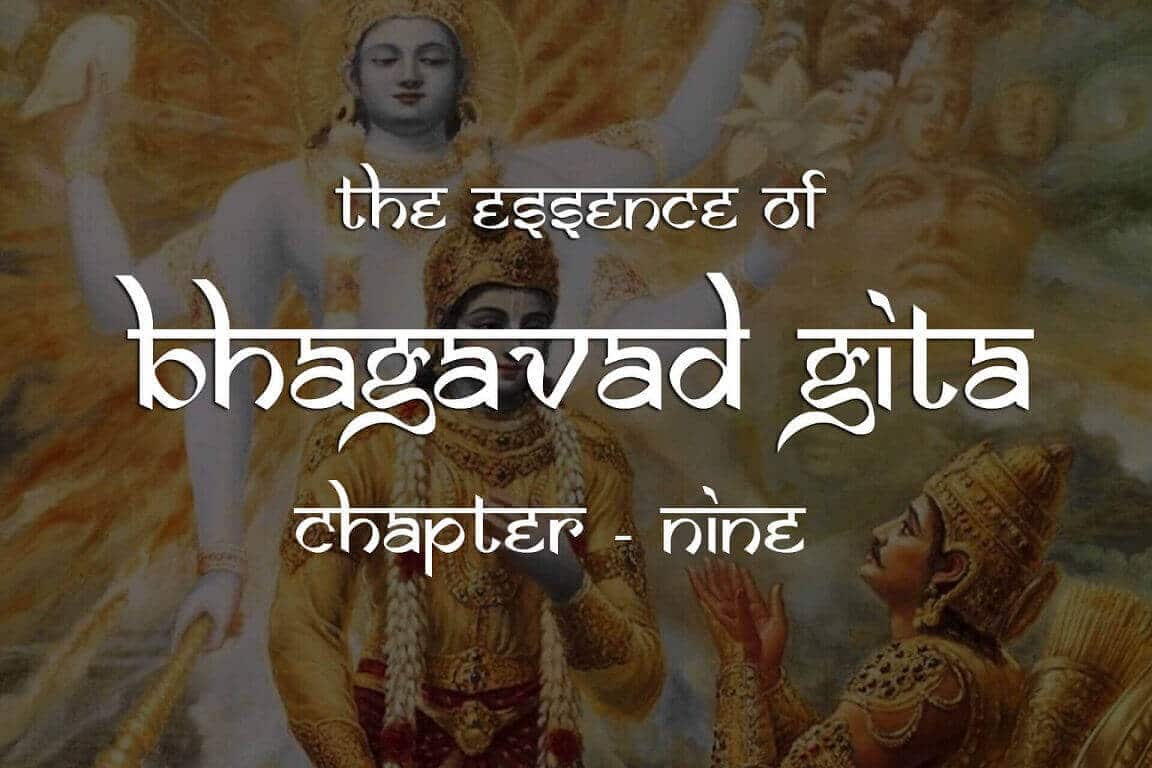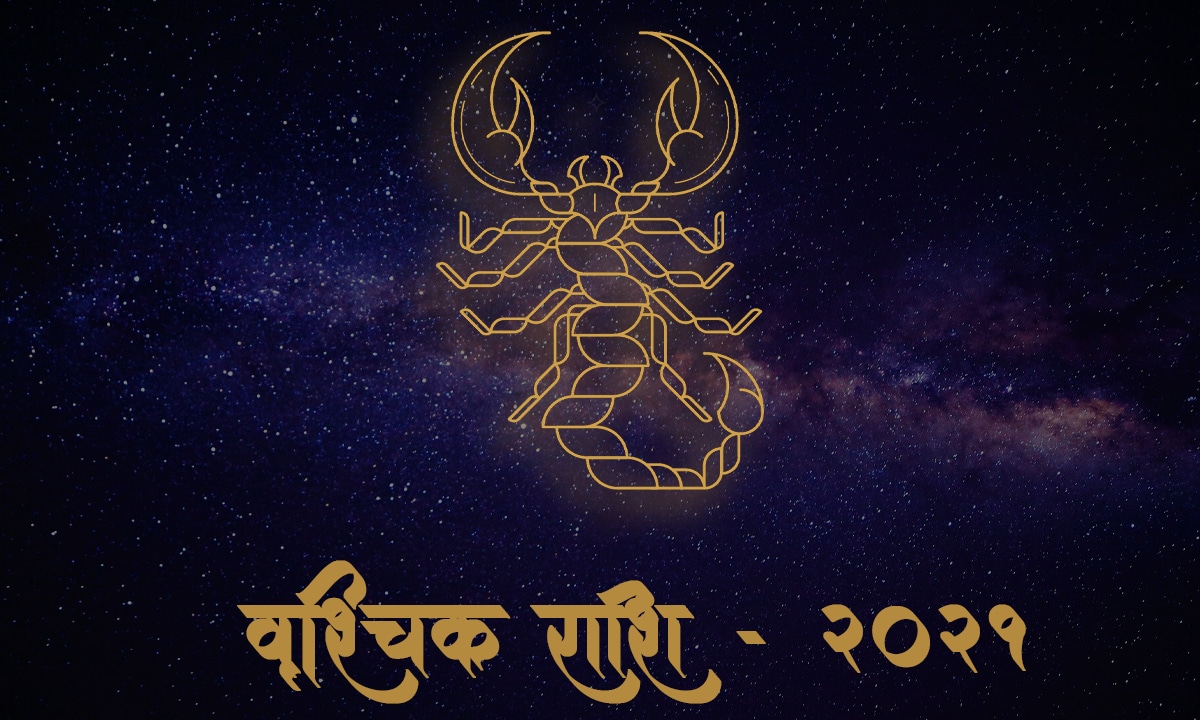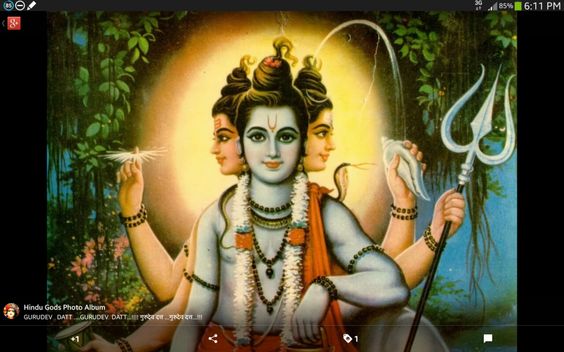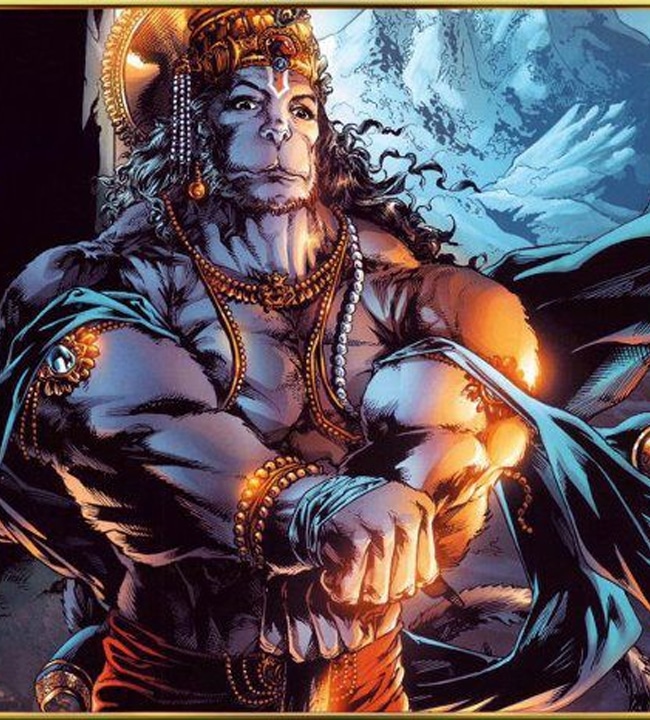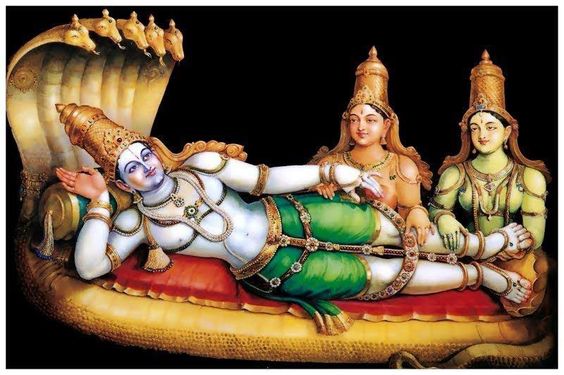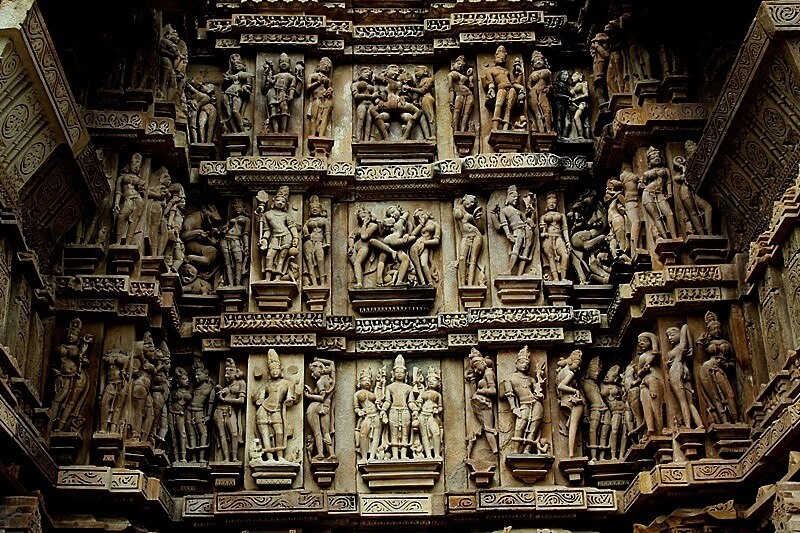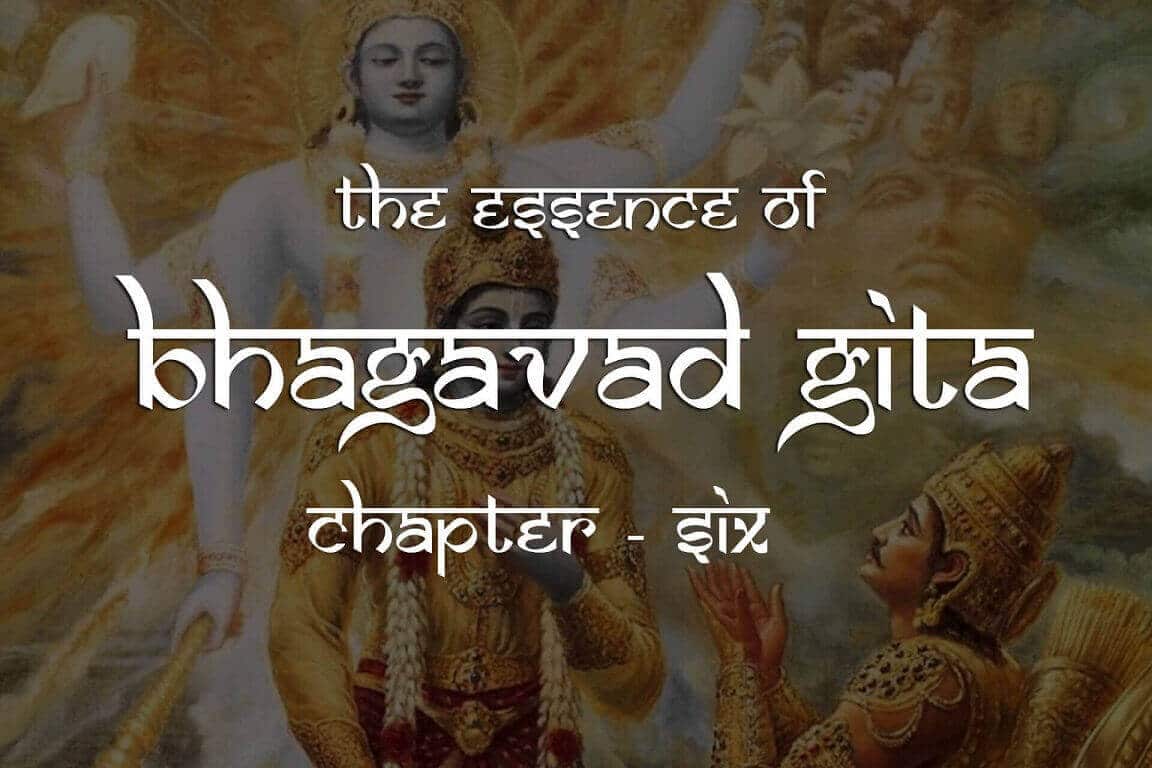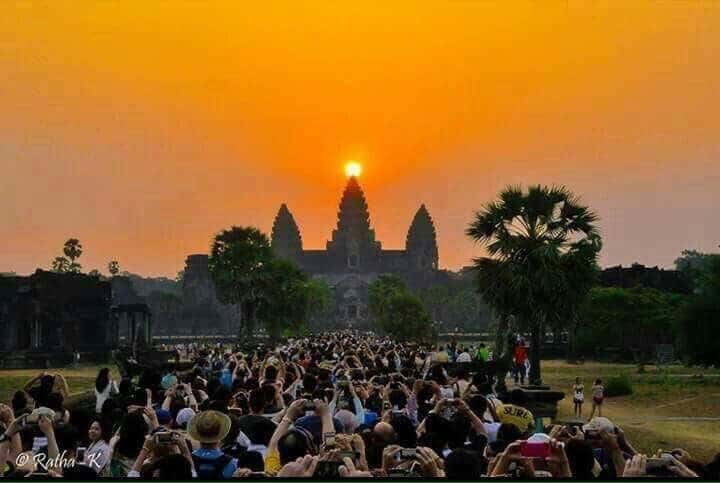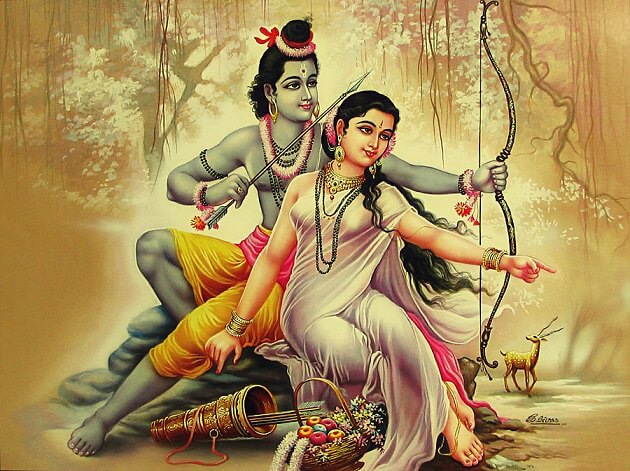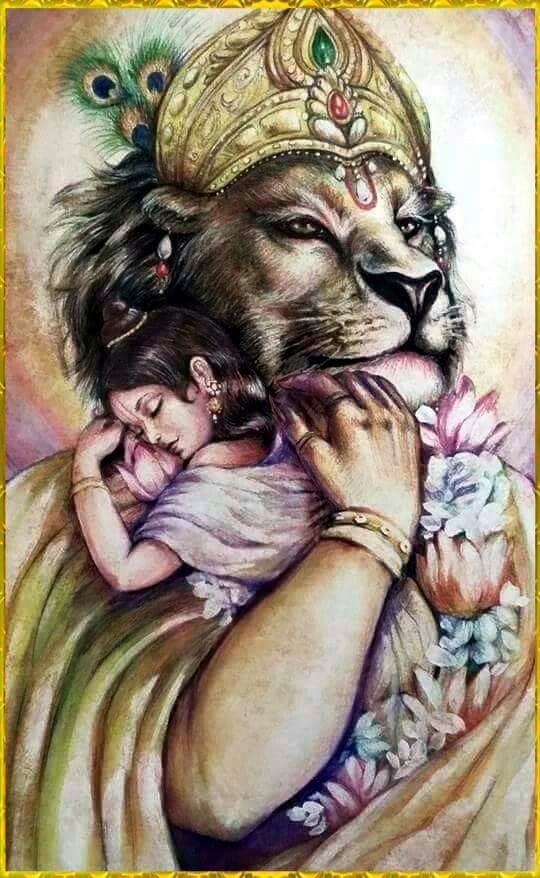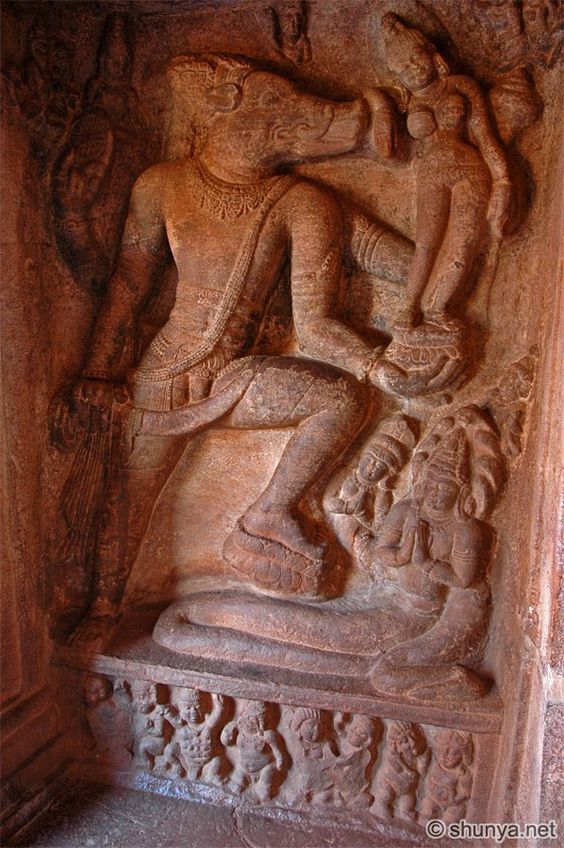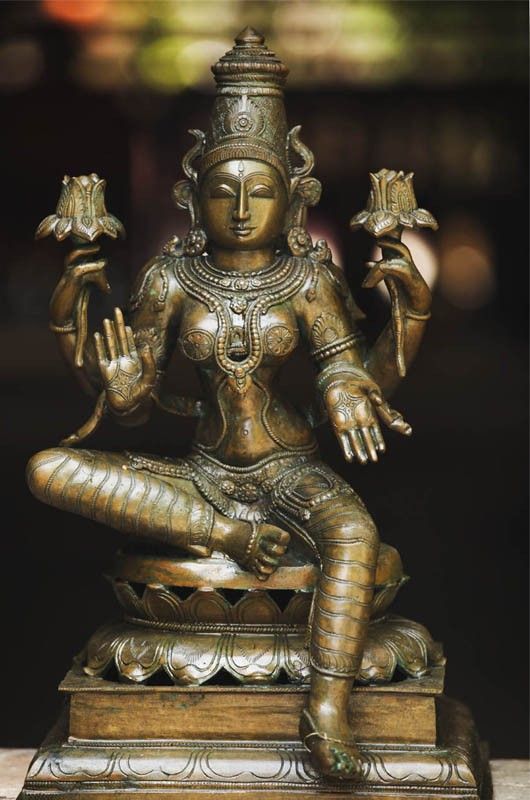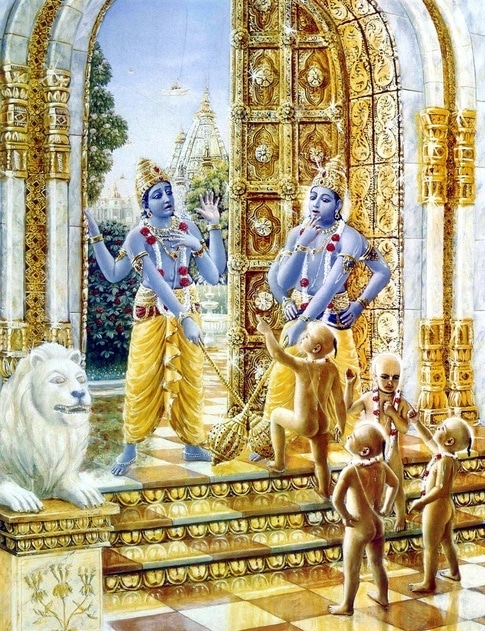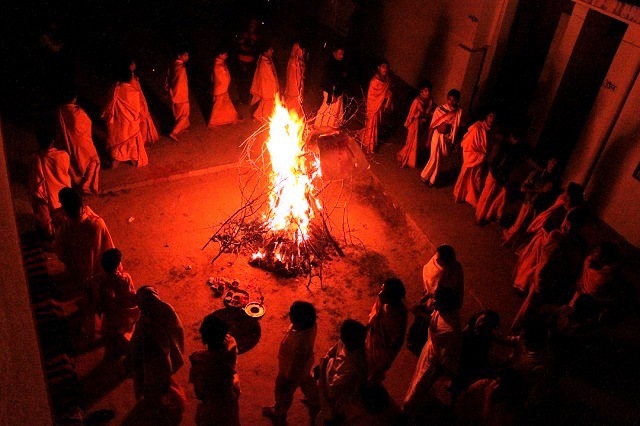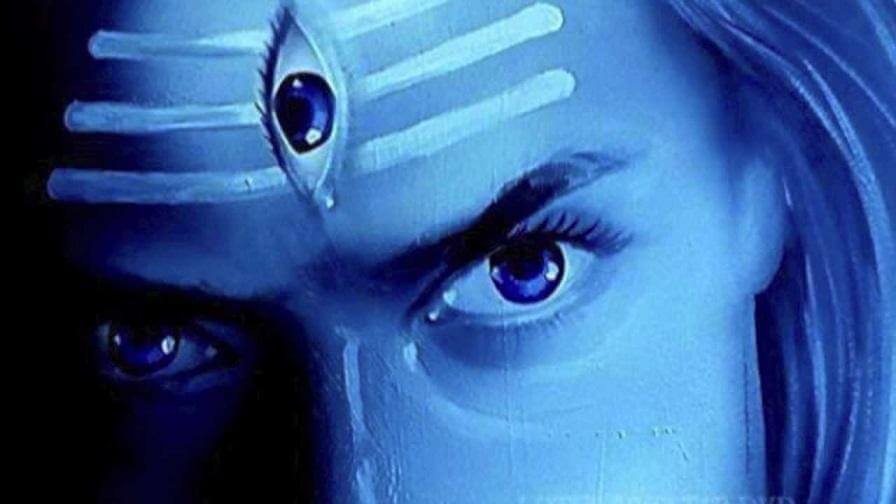Vamana (वामन) is described as the fifth avatar of Vishnu, and the first incarnation of the Second Age or Treta yuga. Vamana was born to Aditi and Kashyapa. He is the first avatar to appear with anthropomorphic features, although he does appear as a dwarf Namboothiri Brahmin. He is the twelth of the Adityas. Vamana is also the younger brother of Indra. He is also known as Upendra and Trivikrama.
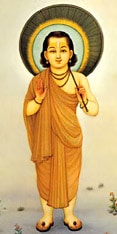
The Bhagavata Purana describes that Vishnu descended as the Vamana avatar to restore the authority of Indra over the heavens, as it had been taken by Mahabali, a benevolent Asura King. Bali was the great grandson of Hiranyakshipu, the grand son of Prahlada.
Mahabali or Bali was the “daitya” king and his capital was the present day state of Kerala. was the son of Devamba and Virochana. He grew up under the tutelage of his grandfather, Prahlada, who instilled in him a strong sense of righteousness and devotion. He was an extremely devoted follower of Lord Vishnu and was known as a righteous, wise, generous and judicious King. King Mahabali was a generous man who engaged in severe austerities and penance and won the praise of the world. This praise, from his courtiers and others, led him to think of himself as the greatest person in the world. He believed that he can help any one and can donate whatever they ask. Even though he became benevolent, he became pompous of his activities and forgot that the almighty is above him. Dharma says that one should do his duty and helping others is the duty of a king. Mahabali was a devoted worshiper of the Lord. The story is an ample example that the almighty, the Parabrahma is neutral and unbiased; he only tries to balance nature. He showers his divine light to all, irrespective of what they do.
Bali would eventually succeed his grandfather as the king of the Asuras, and his reign over the realm was characterized by peace and prosperity. He would later expand his realm by bringing the entire world under his benevolent rule and was even able to conquer the underworld and Heaven, which he wrested from Indra and the Devas. The Devas, after their defeat at the hands of Bali, approached their patron Vishnu and entreated him to restore their lordship over Heaven.
In Heaven, Bali, on the advice of his guru and advisor, Sukracharya, had begun the Ashwamedha Yaga so as to maintain his rule over the three worlds.
During an Ashwamedha yagna, Bali was granting wishes to his masses out of his generosity.
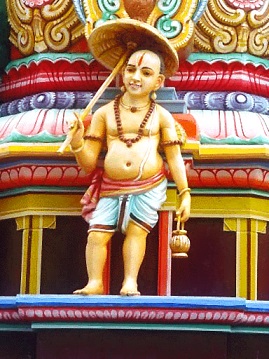
Vamana, in the guise of a short Brahmin carrying a wooden umbrella, went to the king to request three paces of land. Mahabali consented, against the warning of his guru, Sukracharya. Vamana then revealed his identity and enlarged to gigantic proportions to stride over the three worlds. He stepped from heaven to earth with the first step, from earth to the netherworld with the second. Having left nothing else to offer, for his third and final step, King Bali bowed down infront of the Vamana realizing that he was none other than his Lord Vishnu and asked him to place the third feet as this was the only thing that belonged to him.

Vaman then took the third step and thus raised him to Suthala, the supreme form of heaven. However, looking at his generosity and devotion, Vamana on request of Bali, gave him permission to visit earth once an year to ensure that his masses are well off and happy. The Onam festival is a celebration of welcoming Mahabali home to his lost kingdom. During this festival, beautiful floral decorations are made in every house and boat races are held throughout Kerala. A twenty-one-course feast is the most important part of the Onam festival.
In worshiping Mahabali and his ancestor Prahlada, he conceded sovereignty of Patala, the netherworld. Some texts also report that Vamana did not step into the netherworld, and instead gave its rule to Bali. In giant form, Vamana is known as Trivikrama.
Mahabali symbolizes ahankar, the three feet symbolizes the three planes of existence (Jagrat, Swapna and Sushupthi) and final step is on his head which elevates from all three states and he attains moksha.
Vamana as per Theory Of Evolution:
Some 5 million years ago, Homo Erectus got evolved. The organisms of this species were much more like humans. They walked on two legs, had lesser facial hairs, and had an upper body like a human. However, they were dwarves
The Vamana avatar of Vishnu could also relate to Neanderthals, which are known to be quite shorter than humans.
Temples:
Some famous temple dedicated for vamana avatar are.
Thrikkakara Temple, Thrikkakkara, Cochin, Kerala.
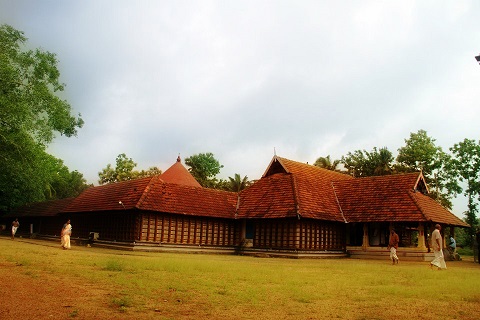
Thrikkakara Temple is one of the few temples in India dedicated to Lord Vamana. It is situated in Thrikkakara, a village panchayat near Kochi in the state of Kerala, South India.
Ulagalantha Perumal Temple, Kanchipuram in Kanchipuram.
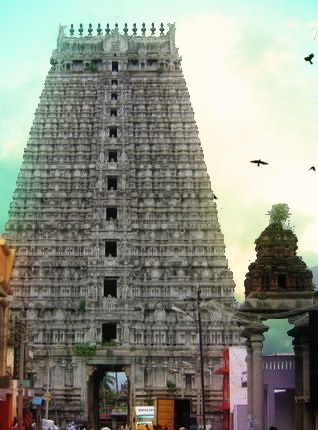
Ulagalantha Perumal Temple is a Hindu temple dedicated to Vishnu located in Tirukkoyilur, Tamil Nadu, India. Constructed in the Dravidian style of architecture, the temple is glorified in the Divya Prabandha, the early medieval Tamil canon of the Azhwar saints from the 6th–9th centuries AD. It is one of the 108 Divyadesam dedicated to Vishnu, who is worshipped as Ulagalantha Perumal and his consort Lakshmi as Poongothai
Vamana Temple, Eastern Group of Temples, Khajuraho, Madhya Pradesh.
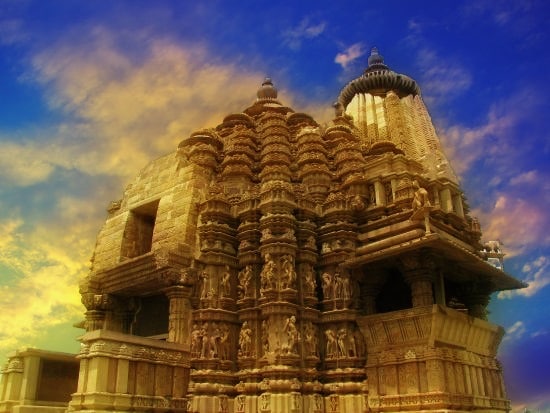
Vamana temple is a Hindu temple dedicated to Vamana, an avatar of the god Vishnu. The temple was built between assignable to circa 1050-75. It forms part of the Khajuraho Group of Monuments, a UNESCO World Heritage Site.
Credits:
Photo Credits to the original Photo grapher and Artist.
www.harekrsna.com


